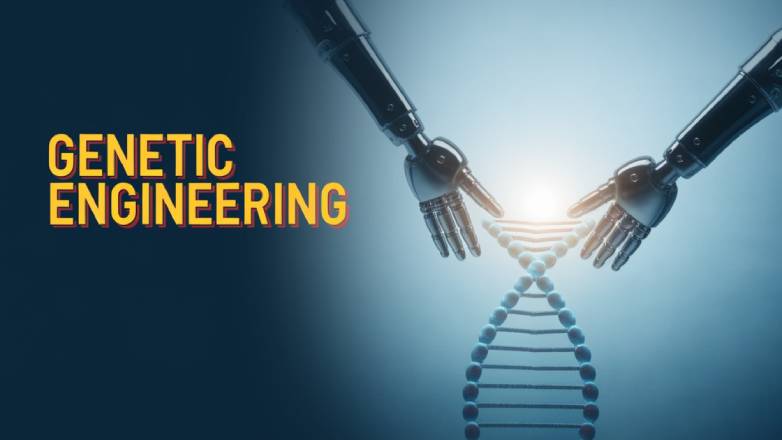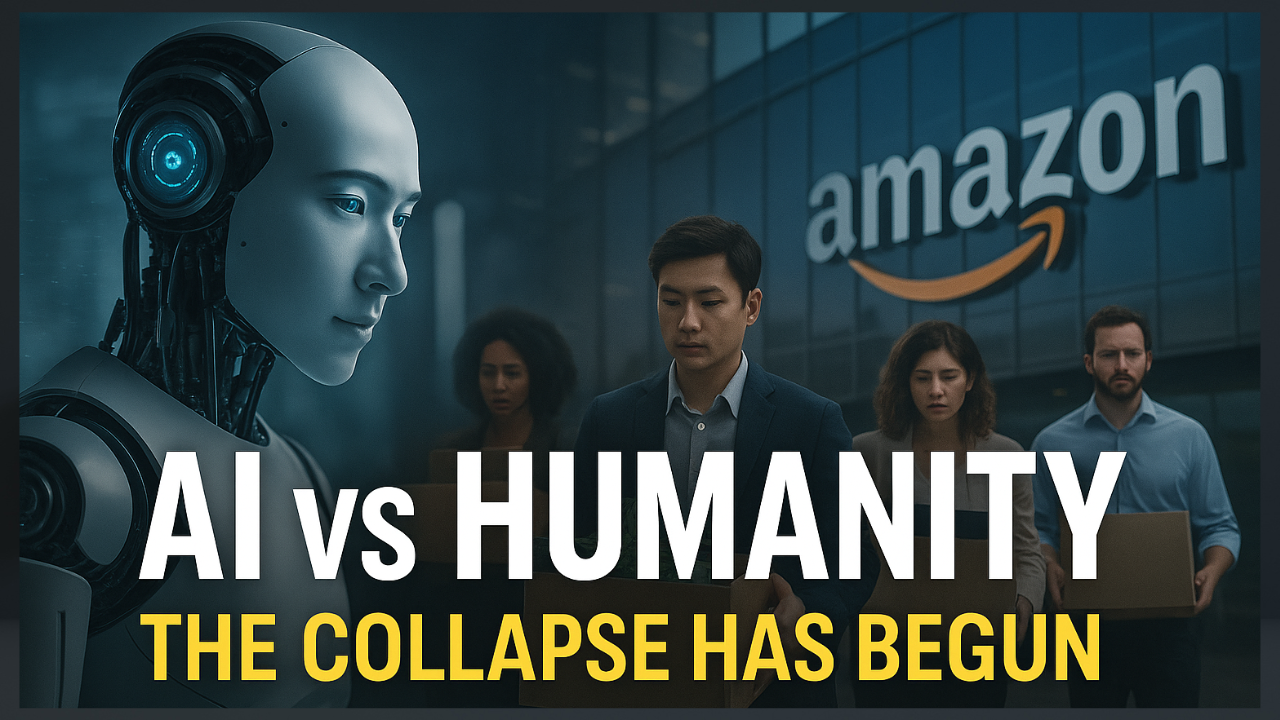In the rapidly evolving world of biotechnology, few innovations have made as seismic an impact as CRISPR. Once just a quirky discovery in bacteria, CRISPR has emerged as a powerful tool capable of rewriting the genetic code of life. Whether it’s correcting inherited diseases, enhancing agricultural crops, or even reshaping human embryos, CRISPR is at the forefront of the genetic revolution.
But with great power comes great responsibility. As science races forward, so too must the ethical conversations around how this tool should be used. So, what exactly is CRISPR? How is it changing medicine? And what are the controversies we can't afford to ignore?
What Is CRISPR and How Does It Work?
CRISPR stands for Clustered Regularly Interspaced Short Palindromic Repeats—a natural part of a bacteria’s immune system. It helps bacteria remember and defend against viruses by cutting their DNA. Scientists, however, realized they could hijack this system for precise gene editing in any organism, including humans.
At the heart of CRISPR is the Cas9 protein, a kind of molecular "scissors" guided by a customizable RNA sequence. Here’s how it works in simple steps:
- Guide RNA is programmed to match a specific DNA sequence.
- The Cas9 enzyme follows the guide RNA to that exact location in the genome.
- Cas9 makes a precise cut in the DNA at the targeted spot.
- The cell naturally tries to repair the break—this repair process can be manipulated to disable a gene or insert a new genetic sequence.
Compared to older methods of gene editing, CRISPR is:
- Cheaper
- Faster
- More accurate
- Easier to use across many species
This simplicity and precision are what make CRISPR a true game-changer.
Real-World Successes: Treating Genetic Diseases
In just a few years, CRISPR has gone from theory to tangible therapy.
1. Sickle Cell Anemia & Beta Thalassemia
These two blood disorders are caused by mutations in a single gene affecting hemoglobin. In 2023, the UK and U.S. approved the first CRISPR-based therapy called Casgevy, which edits stem cells from a patient’s bone marrow to correct the mutation. Patients have gone from frequent pain crises and transfusions to symptom-free lives—a breakthrough once thought impossible.
2. Inherited Blindness
Trials are underway using CRISPR to treat Leber congenital amaurosis, a rare form of genetic blindness. The technique is delivered directly into the eye to edit the faulty gene and restore partial vision.
3. Cancer Immunotherapy
Researchers are using CRISPR to engineer immune cells that are better at recognizing and attacking cancer. Though still in early stages, these personalized treatments may improve survival for patients with resistant forms of leukemia and lymphoma.
CRISPR has also shown promise for:
- Cystic fibrosis
- Muscular dystrophy
- Huntington’s disease
- Certain forms of HIV
Each success fuels excitement for a future where genetic diseases could be prevented or reversed before they wreak havoc.
The Ethical Dilemma: Designer Babies and Gene Patents
While CRISPR offers remarkable potential, it also opens a Pandora’s box of ethical challenges.
1. Designer Babies: Where Do We Draw the Line?
In 2018, Chinese scientist He Jiankui stunned the world when he announced he had created the first gene-edited babies—twin girls whose genomes were altered to resist HIV. The backlash was swift and global. He was condemned for violating ethical standards and sentenced to prison in China.
The incident triggered an urgent question: Should we ever edit human embryos for non-medical reasons?
Potential concerns:
- Equity: Only the wealthy might afford genetic enhancements.
- Unintended Consequences: Editing one gene could unintentionally affect others.
- Loss of Diversity: Pushing for “desirable traits” may promote genetic homogeneity.
Many scientists agree on a global moratorium on heritable gene editing, at least until more is known and society can set clear ethical boundaries.
2. Who Owns Our Genes?
Another controversial issue involves gene patents. If a company uses CRISPR to fix a disease-causing mutation, can it patent that sequence and control its use?
While patents can drive innovation, they can also lead to:
- Restricted access to life-saving therapies
- High treatment costs
- Legal battles over who “owns” nature’s code
Groups like the World Health Organization and national governments are now working to establish fair guidelines to ensure that genetic technology benefits everyone—not just a few.
Beyond Humans: Agriculture and the Environment
CRISPR’s reach goes far beyond the human body.
1. Crop Engineering
Farmers are already using CRISPR to grow crops that:
- Are drought-resistant
- Have enhanced nutritional value
- Can fend off pests without pesticides
Unlike traditional GMOs, CRISPR can edit crops without introducing foreign DNA, making the process more precise and, in some cases, more acceptable to regulators and the public.
2. Conservation and Ecology
Scientists are exploring how CRISPR could be used to:
- Eradicate invasive species
- Control disease-carrying mosquitoes
- Revive extinct genes in species like the woolly mammoth (yes, really)
But again, ecological editing must be approached with caution. Small changes can lead to large, unpredictable ripple effects in ecosystems.
What’s Next for CRISPR?
We are still in the early innings of the CRISPR era. Upcoming breakthroughs may include:
- In vivo editing—editing genes directly inside the human body
- Epigenome editing—altering gene expression without changing DNA
- Next-generation Cas enzymes—more precise, with fewer off-target effects
Researchers are also exploring how AI can help design better CRISPR systems, accelerating the pace of discovery.
Final Thoughts
CRISPR is no longer just science fiction—it’s science fact. It’s a tool with the power to heal, enhance, and transform life as we know it. But it also challenges us to ask difficult questions about identity, ethics, and the future of our species.
Used wisely, CRISPR could usher in a golden age of medicine, food security, and environmental resilience. Used recklessly, it could deepen inequality and spark unforeseen biological consequences.
The choice is ours. The future of genetic engineering is being written—one letter at a time.







